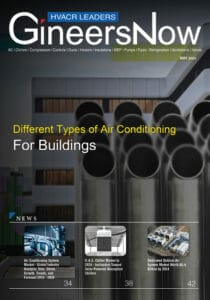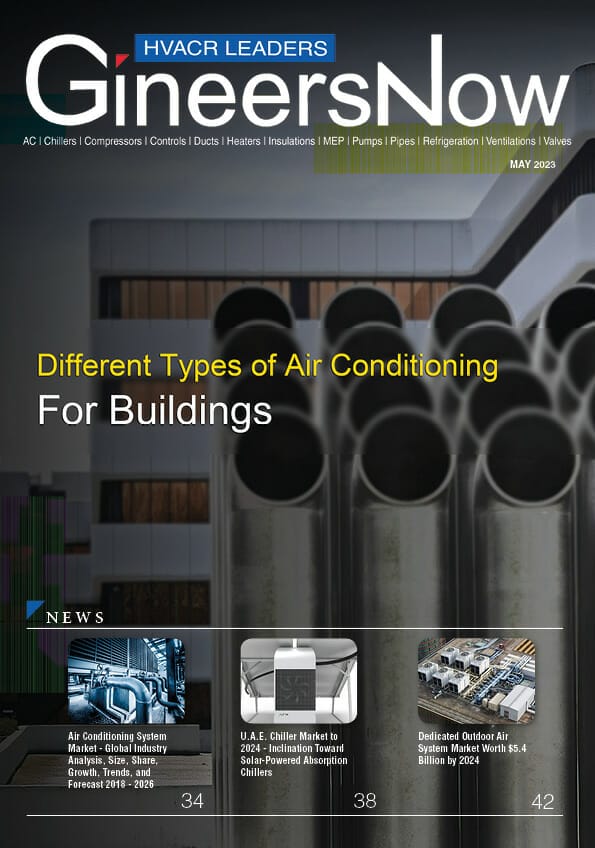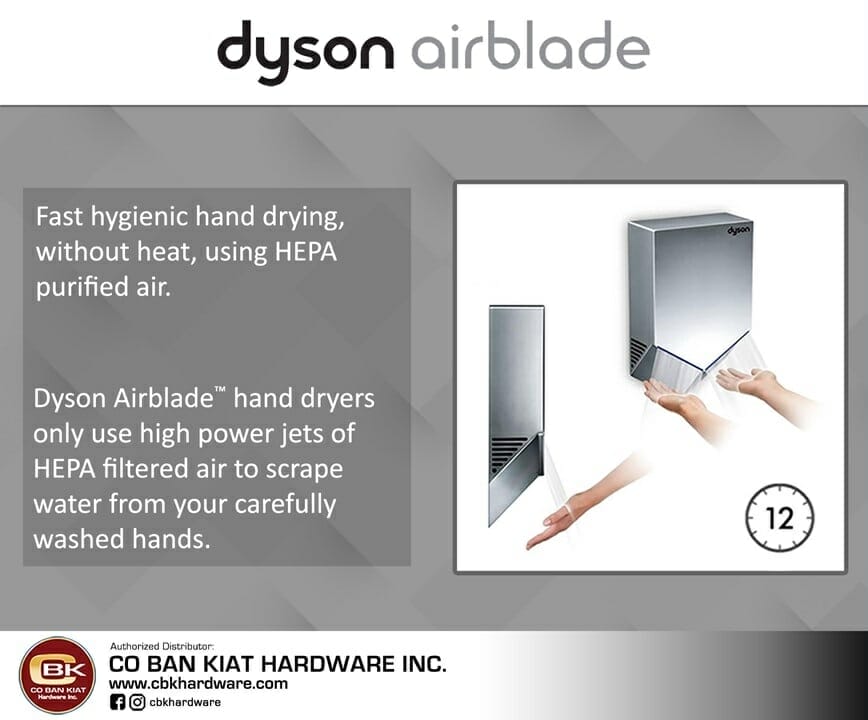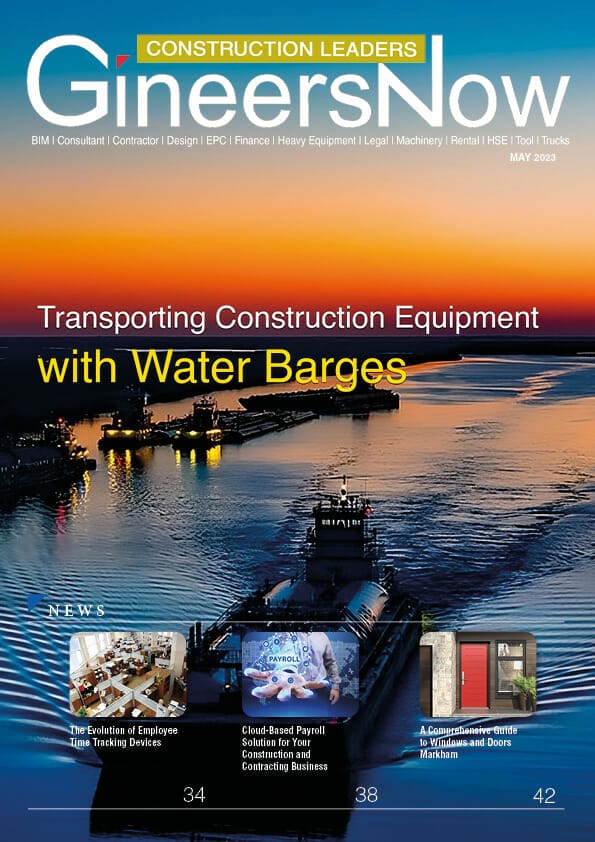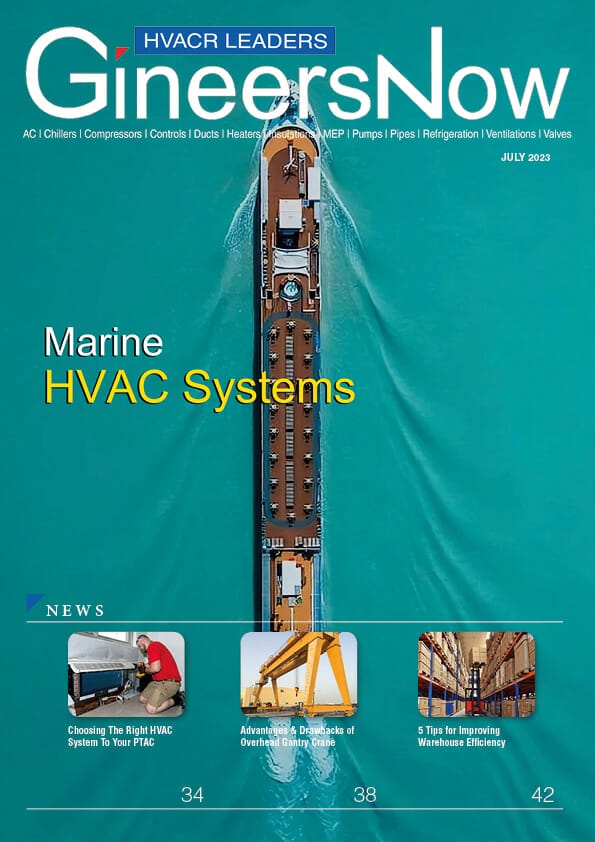The modern world has heavily relied on air conditioning systems to keep indoor temperatures comfortable. As technology continues to advance, the range of air conditioning options available has increased significantly. This article will look at the different types of air conditioning for buildings and discuss their advantages and disadvantages. It will examine the various technologies that are used in air conditioning systems as well as their associated costs. Finally, it will provide advice on which type of system would be best suited for specific buildings.
Different Types of Air Conditioning for Buildings
Air conditioning is an integral part of most buildings today, providing comfort and creating a pleasant environment. Choosing the right type of air conditioning system for your building can be a difficult decision, so it is important to understand the different types of air conditioning systems that are available. This article will provide an overview of the different types of air conditioning systems designed for use in buildings, including both central and decentralized models.
Different buildings have different air conditioning needs, and choosing the right type of AC for your building is essential. There are several different types of air conditioning systems available for buildings, each with its own set of advantages and disadvantages. Knowing the different options will help you make an informed decision when it comes to selecting the best AC system for your building.
The most common type of air conditioning system found in commercial buildings is central air conditioning. This system uses a duct network to distribute cool air throughout the building. Central AC systems are typically more energy-efficient than individual units, as they can be controlled by a central thermostat, making them easier to maintain and operate. Another popular option is split-system air conditioners; these consist of an outdoor unit that houses the compressor and condenser and an indoor unit that contains the evaporator coil.
Split System: Different Types of Air Conditioning for Buildings
Split systems are one of the most popular types of air conditioning systems used in buildings. They consist of two main components: an indoor unit, typically mounted on a wall or ceiling, and an outdoor unit placed outside the building. These units work together to cool or heat a room by circulating refrigerant through pipes.
There are several different types of split system air conditioners available for buildings. Wall-mounted split systems are ideal for small rooms because they take up minimal space and can be easily installed without any major modifications to the building’s structure. Floor-standing split systems are another option that can provide ample cooling or heating for larger spaces like conference rooms or open-plan offices.
Ceiling cassette split systems, on the other hand, are a great choice if you want to maintain a clean and minimalist look in your office space. A split system air conditioner is an ideal solution for homes and offices alike because it can provide ample cooling or heating in large spaces. The two-part design of a split system allows one part to be mounted on the outside wall of your structure and the other part to be housed indoors.
Multi-Split System: Different Types of Air Conditioning for Buildings
Air conditioning is an essential component of any modern building. There are different types of air conditioning systems available in the market that serve various purposes for different buildings. One such system is the multi-split system, which has gained popularity in recent years due to its energy efficiency and multiple benefits.
A multi-split system consists of one outdoor unit that is connected to multiple indoor units. These indoor units can be installed in different rooms or spaces within a building, allowing each zone to have individual temperature control. This means that occupants can regulate their desired temperature without affecting other areas, resulting in significant energy savings as only occupied areas are cooled or heated.
There are two types of multi-split systems: heat pumps and air conditioners. Heat pump: A heat pump is a system that transfers heat from one area to another using the refrigeration process. The outdoor unit contains a compressor and an expansion valve that absorbs energy from the surrounding air. On the other hand, an air conditioner is a system that removes heat and humidity from the indoor environment. The outdoor unit contains an evaporator (that absorbs heat/humidity) and a compressor. The refrigerant cycle transfers the heat to the inside of the building.
Packaged System: Different Types of Air Conditioning for Buildings
Air conditioning is an essential aspect of any building, be it a residential or commercial space. There are different types of air conditioning systems available in the market that cater to varying needs and requirements. One such system is a packaged air conditioning unit.
Packaged systems, as the name suggests, are all-in-one units that consist of all the necessary components for cooling and heating a building. These units typically include a compressor, condenser, evaporator coil, and refrigerant lines, all packaged in one housing unit. The air handling system can be located inside or outside the building, depending on your preference.
One of the significant advantages of this type of AC system is its compact design. These units take up less space compared to other traditional HVAC systems, making them ideal for smaller buildings or spaces with limited installation areas, like apartments or condos.
Chilled Water System: Different Types of Air Conditioning for Buildings
When it comes to cooling a building, there are various types of air conditioning systems that can be utilized. One of these is the chilled water system, which is commonly used in larger buildings such as commercial and industrial spaces. This system works by circulating chilled water through pipes to cooling coils located throughout the building.
There are two main types of chilled water systems: air-cooled and water-cooled. Air-cooled systems use fans to blow outside air over the condenser coils, while water-cooled systems use a separate water loop to remove heat from the condenser coils. Both systems have their advantages and disadvantages depending on factors such as climate, size of the building, and energy efficiency goals.
Chilled water systems offer several benefits over other types of air conditioning units. They provide consistent temperatures throughout the building, operate quietly, and have lower maintenance costs than other HVAC options.
Hybrid Systems: Different Types of Air Conditioning for Buildings
Hybrid systems offer a unique combination of air conditioning technologies that can provide comfortable indoor environments while optimizing energy consumption. There are several different types of air conditioning for buildings, but hybrid systems stand out because they utilize both traditional cooling methods and newer, more innovative techniques. By doing so, they can provide efficient and reliable cooling that is tailored to the specific needs of the building in question.
One type of hybrid system is known as a geothermal heat pump (GHP). This technology uses the earth’s natural temperature to cool or warm a building, depending on the season. GHPs work by utilizing underground pipes filled with water that extract heat from the ground during the summer months and transfer it into the building for cooling purposes. In winter, this process is reversed, with heat being extracted from the inside and transferred back into the ground to warm it up.
Read GineersNow HVAC Magazine for Free
Editor’s Note
Air conditioning is a necessity for many buildings, especially during the hot summer months. With the different types of air conditioning systems available, however, it can be difficult to choose which system is best for a specific building. In this article, we will discuss the different types of air conditioning for buildings, their advantages and disadvantages, and how to determine which type is best for your building. We will also look at some of the most common issues that arise with each type of air conditioning system.
Air conditioning is a must-have for any building that wants to stay comfortable during the hot summer months. However, not all air conditioning systems are created equal. There are different types of air conditioning systems available on the market today, each with its own unique features and benefits.
The first type of air conditioning system is a central air conditioner. This type of AC system uses ducts to distribute cool air throughout your entire building. It is ideal for larger buildings, such as office complexes or apartment buildings, where there is a need for uniform cooling. Central AC systems are also more energy-efficient than window units because they can be programmed to turn off when no one is in the room.
Air conditioning is an important component of any building. It helps to create a comfortable and pleasant environment that allows people to work and live without hassle. Different types of air conditioning are available, each with its own advantages and disadvantages. Each type should be evaluated based on the size, shape, and purpose of the building for which it is intended in order to determine the best option.
Final Thoughts: Different Types of Air Conditioning for Buildings
In conclusion, air conditioning is essential for many buildings, and there are various types of systems available. Each type has its own unique benefits and drawbacks that should be taken into consideration when making a decision. Centralized systems can provide efficient cooling, while ductless split systems offer energy savings and flexibility. A hybrid system may offer the best of both worlds if space is limited, while an evaporative cooler provides natural cooling with lower energy costs.
